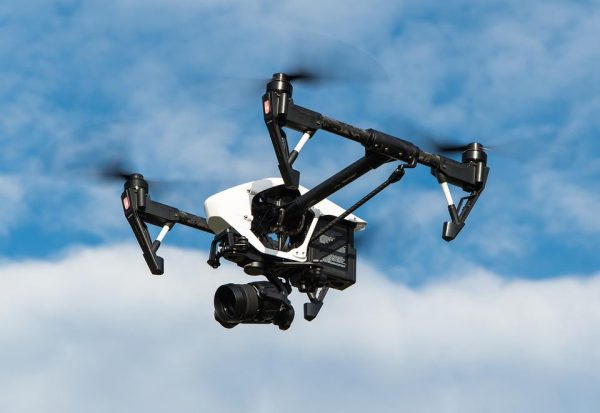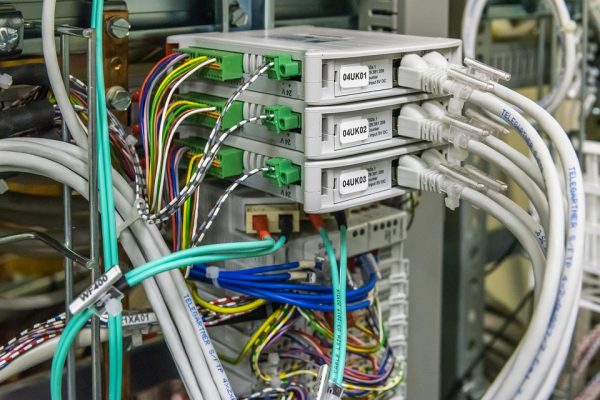Category
Electronics
The 18th edition consumer unit is a modern and innovative electrical distribution board used in homes, offices, and other buildings. It replaces the older versions with its amazing features that guarantee better safety and efficiency. The device has been adopted… Continue Reading →
There is a lot of buzz around Arduino QRP transceivers lately. But what are they, and why are they so popular? In this article, we will discuss three main points about Arduino QRP transceivers: their features, their benefits, and how… Continue Reading →
The versatility of heavy copper allows designers to create circuits with various features without sacrificing the integrity of the final product. Furthermore, these features can be connected to standard circuits with minimal restriction. Regardless of the type of heavy copper… Continue Reading →
If you are looking for a fun new hobby, then you should consider getting into drones! Drones can be used for all sorts of activities, from racing to photography. If you are just starting out, however, it is best to… Continue Reading →
Looking for Allen Bradley used parts? You’ve come to the right place! Here is everything you need to know about Allen Bradley used parts. We’ll cover where to find them, how to identify them, and what to look for when… Continue Reading →
If you are in need of commercial electrical work, it is important that you know what to look for in a company. Not all commercial electrical companies are created equal, and it is important to find one that will meet… Continue Reading →
Quality training courses are crucial for all workers who wish to secure jobs in the electronics and electrical industries. Keeping this in mind, one should make sure that he or she goes for courses that offer both theoretical knowledge and… Continue Reading →
The USB Thermocouple is a type of sensor that can be used to measure the temperature of various processes. This article will explain what USB Thermocouple sensors are, how they work, and why they could potentially help your business. What… Continue Reading →
Prototype circuit boards are used extensively around all industrial and consumer electronics fields. A well-designed PCB Prototype Circuit Board (PCB) prototype helps verify that a new circuit design will work once the final parts are soldered into place on an… Continue Reading →
Fast PCB prototyping is becoming the new normal in the electronics industry. The need for quick production of electronic products is creating a massive demand for fast PCB assembly. However, without these prototypes, any product would take a much longer… Continue Reading →









